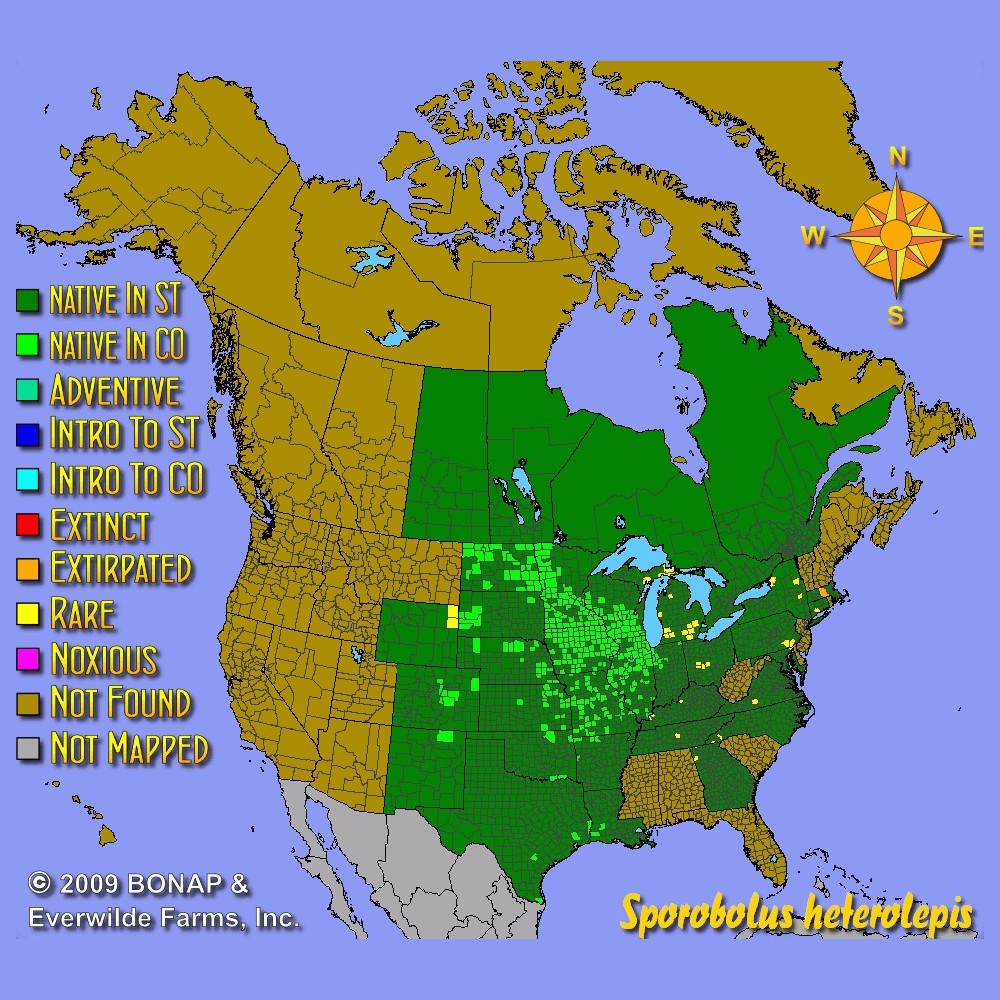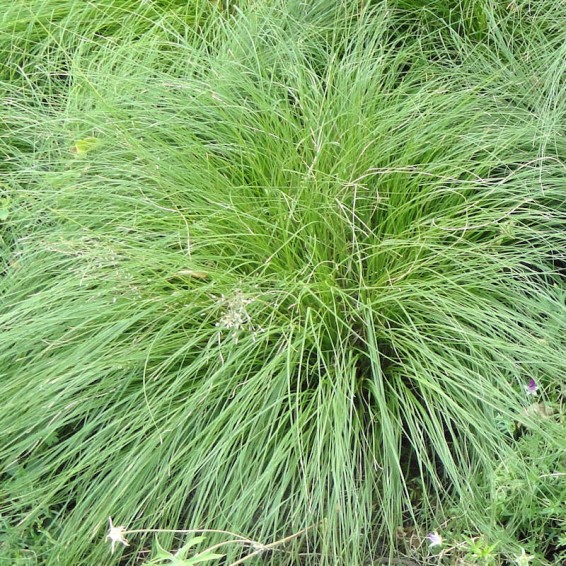Northern Dropseed Seeds
- HOW TO GROW
- FAST FACTS
- REVIEWS
HOW TO GROW
Sowing: Direct sow either in late fall or early spring. Plant the Sporobolus heterolepis seed just below the surface of the soil, compacting the soil very firmly. Keep the soil lightly moist until germination, since this seed cannot germinate in dry soil.
Growing: Water seedlings occasionally until they become established. This plant prefers moist soil, though it tolerates periods of drought. It adapts well to various soil types such as sand, clay, and gravel with adequate moisture. This plant will spread by self-seeding. Mature plants can be divided. This plant makes an very good choice for erosion control, wetland restoration, and strengthening stream banks. It is also a popular ornamental plant, and the seeds attract small birds.
Seed Saving: At the end of the season, the seeds on the stem will begin to ripen to their mature brown color. Strip the mature seed from the stem and store it in a cool, dry place.
FAST FACTS
Common Names: Prairie Dropseed
Latin Name: Sporobolus heterolepis
Species Origin: US Native Grass or Sedge
Type: Native Grasses, Warm Season
Life Cycle: Perennial
USDA Zones: 3, 4, 5, 6, 7, 8, 9, 10
US Regions: Mountain, Plains/Texas, Midwest, Northern, Northeast, Southeast
Seeds per Ounce: 15,000
Stratification: No Stratification
Germination Ease: No Stratification
Sunlight: Full Sun, Part Sun
Height: 36 Inches
Color: Green, Brown
Bloom Season: Blooms Early Fall, Blooms Late Fall
Northern Dropseed
Needed more of this native grass for my grass garden I am forming.
DESCRIPTION

HOW TO GROW
Sowing: Direct sow either in late fall or early spring. Plant the Sporobolus heterolepis seed just below the surface of the soil, compacting the soil very firmly. Keep the soil lightly moist until germination, since this seed cannot germinate in dry soil.
Growing: Water seedlings occasionally until they become established. This plant prefers moist soil, though it tolerates periods of drought. It adapts well to various soil types such as sand, clay, and gravel with adequate moisture. This plant will spread by self-seeding. Mature plants can be divided. This plant makes an very good choice for erosion control, wetland restoration, and strengthening stream banks. It is also a popular ornamental plant, and the seeds attract small birds.
Seed Saving: At the end of the season, the seeds on the stem will begin to ripen to their mature brown color. Strip the mature seed from the stem and store it in a cool, dry place.
FAST FACTS
Common Names: Prairie Dropseed
Latin Name: Sporobolus heterolepis
Species Origin: US Native Grass or Sedge
Type: Native Grasses, Warm Season
Life Cycle: Perennial
USDA Zones: 3, 4, 5, 6, 7, 8, 9, 10
US Regions: Mountain, Plains/Texas, Midwest, Northern, Northeast, Southeast
Seeds per Ounce: 15,000
Stratification: No Stratification
Germination Ease: No Stratification
Sunlight: Full Sun, Part Sun
Height: 36 Inches
Color: Green, Brown
Bloom Season: Blooms Early Fall, Blooms Late Fall
Reviews
Review
Northern Dropseed
Needed more of this native grass for my grass garden I am forming.



